💪 Support independent web, support us:
There are an array of things to do in Japan, with Tomioka sharing quite a few of those!
Tomioka, a hidden gem nestled in the heart of Japan, is a playground of promising adventures waiting to be explored.
Its sublime landscapes and rich culture are just a few of the treasures that make it a coveted destination for seekers of awe-inspiring experiences.
From ancient shrines to picturesque parks, Tomioka is a haven for those who crave a touch of nature and a taste of tradition.
Without further ado listed below are some of the most fun things to do in Tomioka:
1. Tomioka Silk Mill
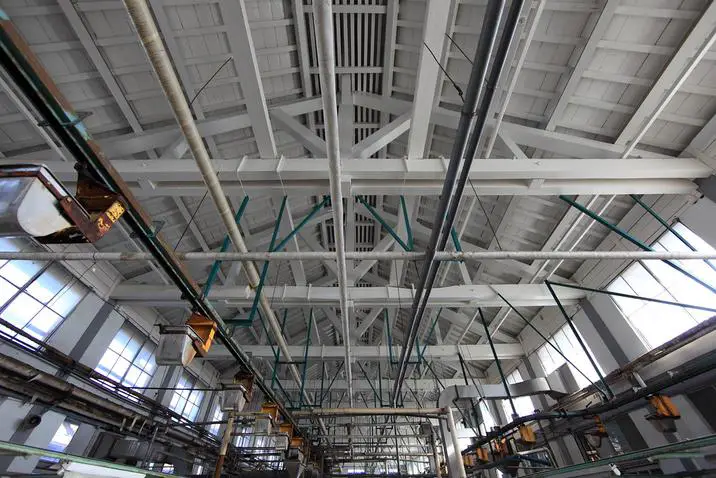
A historic silk mill in Japan that played a pivotal role in the country’s industrialization.
What to see or do: Take a guided tour of the mill to learn about its history and significance, see the various parts of the site including the mulberry fields, cocoon auctions, reeling and weaving rooms, and worker housing.
Don’t miss: The impressive brick chimney, which stands at over 60 meters tall and once served as a symbol of the mill’s technological advancements.
Insider travel tips: Visit during the spring to see the mulberry trees in bloom, and consider trying some local silk products such as scarves or handkerchiefs.
Make sure to book your tour in advance, as there are limited spots available and the mill can get quite busy during peak season.
2. Gunma Safari Park
Gunma Safari Park is a wildlife park located in Tomioka, Japan. It is home to over 70 species of animals who roam around in a natural environment.
What to see or do: Visitors can drive through the safari park and see animals like lions, tigers, bears, elephants, giraffes, and more. There is also a walk-through area where visitors can get up close with smaller animals like otters, meerkats, and penguins.
The park also offers various animal shows and experiences, such as a lion feeding show and a giraffe feeding experience.
Don’t miss: Don’t miss the lion feeding show, where visitors can see lions up close and watch them being fed.
Also, make sure to check out the African Safari zone, where visitors can drive through a large savannah area and see animals like zebras, ostriches, and camels.
Insider travel tips: – Arrive early to avoid long lines at the entrance gate.
3. Shimonita Konjac Park

Shimonita Konjac Park is a park located in Tomioka, Japan, dedicated to the cultivation and display of konjac, a starchy root vegetable used in many Japanese dishes.
What to see or do: Visitors can take a tour of the park and learn about the history of konjac and how it is grown and harvested.
The park features a konjac field where you can see the plants up close, as well as a konjac-themed maze and a konjac-shaped playground for kids.
Don’t miss: The konjac-themed food available at the park’s restaurant is a must-try, including konjac noodles, konjac hotpot, and konjac ice cream.
Insider travel tips: The best time to visit the park is in the fall when the konjac plants are in full bloom and the weather is cool and comfortable.
Make sure to wear appropriate footwear as the ground in the konjac field can be muddy. Also, check out the gift shop for unique konjac-themed souvenirs to take home.
4. Tomioka Castle Ruins

Tomioka Castle Ruins is a historic site located in Tomioka, Gunma Prefecture, Japan. It was first built in the early 17th century and served as the residence of a local feudal lord.
What to see or do: Visitors can stroll around the castle grounds and admire the ruins of the castle tower and other structures. They can also enjoy the view of the surrounding landscape from the top of the castle hill.
Don’t miss: Don’t miss the chance to see the restored gardens around the castle ruins and the stone walls that once surrounded the castle.
These provide a glimpse into the history and grandeur of the castle.
Insider travel tips: The best time to visit the Tomioka Castle Ruins is in the spring when the cherry blossoms are in full bloom.
5. Kannon-ji Temple
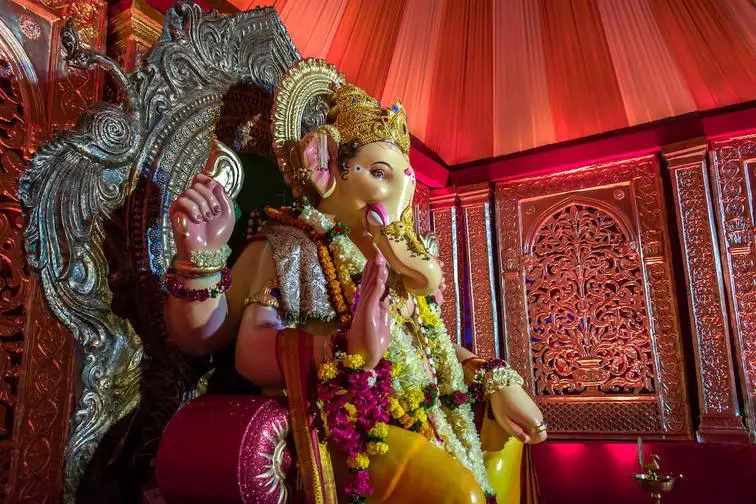
Kannon-ji Temple is a historic Buddhist temple located in Tomioka City, Gunma Prefecture, Japan.
What to see or do: Visitors can explore the temple grounds and admire the beautiful architecture of the main hall and pagoda. The temple also has a traditional Japanese garden with a koi pond and a path lined with cherry blossom trees.
Don’t miss: One of the highlights of Kannon-ji Temple is the five-story pagoda, which is one of the tallest in Japan. Visitors can climb to the top for panoramic views of the surrounding area.
Insider travel tips: – The best time to visit Kannon-ji Temple is during the spring cherry blossom season or in the fall when the leaves change color.
6. Takayashiki Inari Shrine
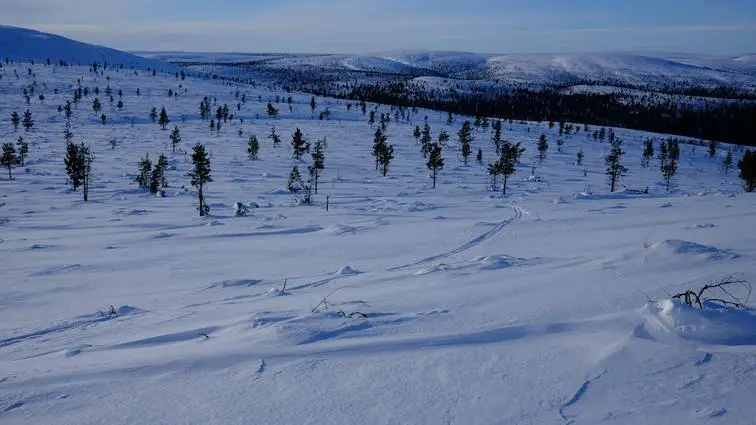
Takayashiki Inari Shrine is a beautiful Shinto shrine located in the town of Tomioka in Gunma Prefecture, Japan.
What to see or do: The shrine is nestled in the foothills of Mt. Haruna and is surrounded by lush forests, making it a perfect retreat for nature lovers.
Visitors can enjoy strolling around the shrine’s peaceful grounds while admiring the intricate wood carvings and architecture. The shrine’s main hall is a stunning vermilion-colored structure with intricate designs and decorations.
Don’t miss: Make sure to check out the shrine’s row of torii gates, which are a signature feature of Shinto shrines in Japan.
These gates create a vibrant and beautiful pathway leading up to the main hall.
Insider travel tips: Visitors can purchase wooden plaques called “ema” at the shrine and write their wishes or prayers on them. These plaques can then be hung on the shrine’s designated board.
Visitors should also be sure to wear comfortable shoes as the shrine is located on a steep hill.
7. Haruna Shrine
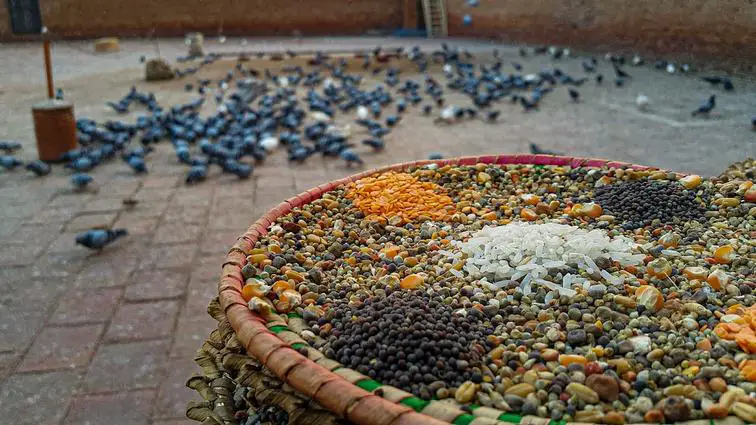
Haruna Shrine is a Shinto shrine located in Tomioka, Gunma Prefecture, Japan. It is dedicated to the god of Mt.
Haruna.
What to see or do: Visitors can take a leisurely stroll around the shrine grounds and admire the beautiful architecture of the main hall and other structures.
The shrine is also a popular spot for cherry blossom viewing in the spring.
Don’t miss: Be sure to check out the unique torii gate made from copper and bronze, which is said to be the largest of its kind in Japan.
Also, don’t miss the elegant stone lanterns that line the paths on the shrine grounds.
Insider travel tips: – The best time to visit Haruna Shrine is during the spring cherry blossom season, or in the fall when the surrounding foliage is at its peak.
8. Haruna Jingu Shrine
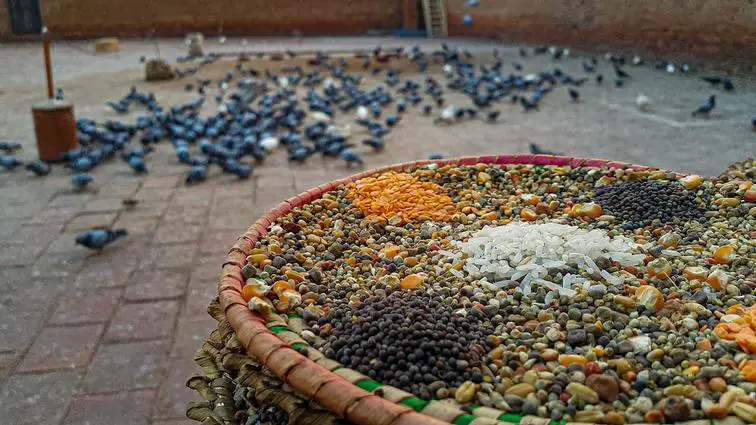
Haruna Jingu Shrine is a popular Shinto shrine located in Tomioka, Gunma Prefecture, Japan. It was founded in the 4th century and is dedicated to the gods of agriculture and water.
What to see or do: Visitors to Haruna Jingu Shrine can participate in traditional Shinto rituals, admire the architecture of the shrine buildings, and explore the surrounding natural beauty.
The shrine grounds are home to massive cedar trees, a serene lake, and walking trails that offer stunning panoramic views of the area.
Don’t miss: One of the highlights of the shrine is the annual Haruna Water Festival, which takes place in August and features traditional boat races, food stalls, and community events.
Visitors should also check out the Kyoto-style Zen temple located on the shrine grounds.
Insider travel tips: Visitors should remember to dress respectfully when visiting the shrine and follow traditional Shinto etiquette by purifying themselves with water before entering the main hall.
The best time to visit the shrine is during the spring or fall when the natural scenery is most breathtaking. It is best to arrive early in the day to avoid the crowds and get a parking spot.
9. Mt
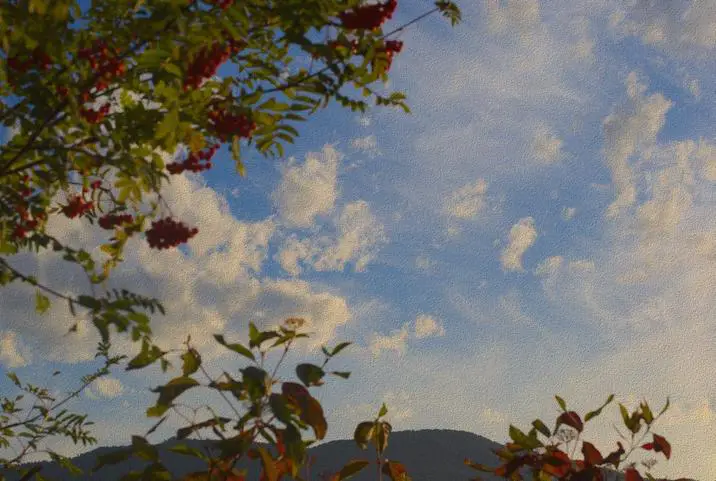
Mt. Tomioka is a mountain located in Gunma Prefecture, Japan.
What to see or do: The mountain is a popular destination for hiking and sightseeing, offering stunning panoramic views of the surrounding areas. The hiking trails vary in difficulty, so there is something for everyone.
Visitors can also explore Tomioka City, which is known for its traditional Japanese architecture and UNESCO World Heritage Site, the Tomioka Silk Mill.
Don’t miss: Don’t miss the opportunity to experience the panoramic views of the surrounding regions from the summit of the mountain.
Visitors can also visit the Tomioka Silk Mill, which played a critical role in Japan’s textile industry during the 19th century.
Insider travel tips: Be sure to check the weather forecast before hiking as conditions can change quickly.
Visitors should also bring appropriate gear, including hiking shoes and warm layers as the temperature at the summit can be lower than at the base.
Additionally, visitors should try the local delicacies in Tomioka City such as mochi and soba noodles.
10. Haruna Lake
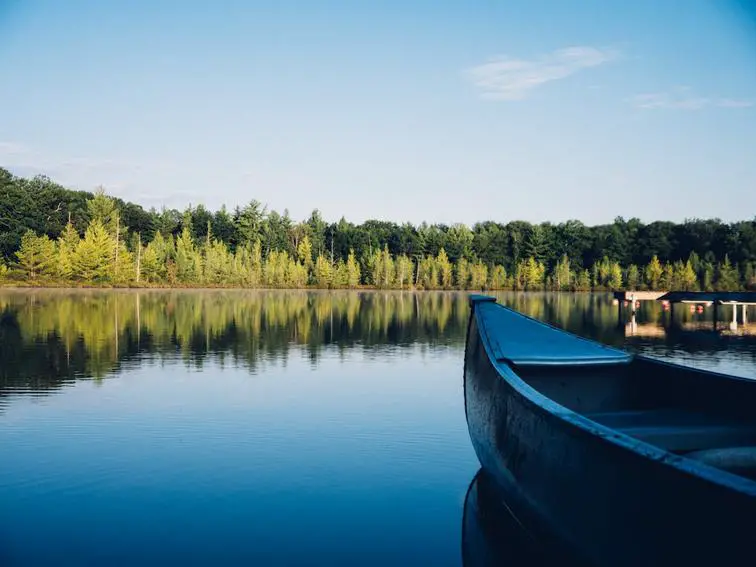
Haruna Lake is a picturesque crater lake located in Tomioka, Gunma Prefecture, Japan.
What to see or do: – Take a stroll along the walking path surrounding the lake for stunning views of the surrounding forest and mountains.
Don’t miss: Don’t miss the Haruna Shrine located at the northern end of the lake.
This Shinto shrine dates back over 1,000 years and is a popular spot for visitors to offer prayers and take in the serene atmosphere.
Insider travel tips: – Visit during autumn for the stunning fall foliage that surrounds the lake.
11. Shikishima Park

Shikishima Park is a picturesque public park located in the scenic city of Tomioka in Japan’s Gunma Prefecture.
What to see or do: Visitors can enjoy breathtaking views of Mount Myogi and the surrounding landscape while strolling through the park’s lush greenery. The park has several walking paths, a large pond, and a picturesque bridge.
Don’t miss: The park’s iconic cherry blossom trees that bloom in late March and early April, creating a magical pink canopy over the park.
Insider travel tips: – The best time to visit the park is during Cherry Blossom season, but it can get quite crowded, so visitors should plan accordingly.
12. Tomioka City Museum
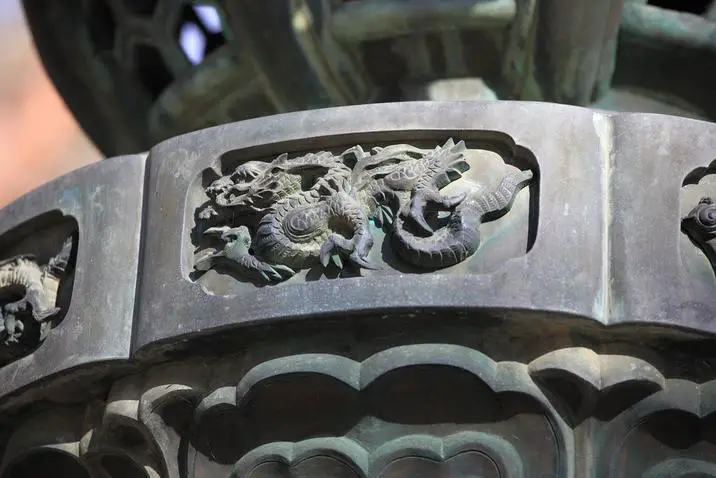
Tomioka City Museum is a local history museum located in Tomioka, Japan.
What to see or do: The museum tells the story of Tomioka, which is famous for its silk industry. Exhibits include a reconstructed silk reeling factory, traditional textiles, and tools used in silk production.
Don’t miss: Don’t miss the opportunity to see the detailed model of the former silk mill, which was designated as a UNESCO World Heritage Site.
Insider travel tips: If you’re interested in the history of the silk industry, this museum is a must-visit. The displays are well curated and informative, and the staff are friendly and knowledgeable.
Getting there is easy by train or bus.
13. Tomioka Hachimangu Shrine
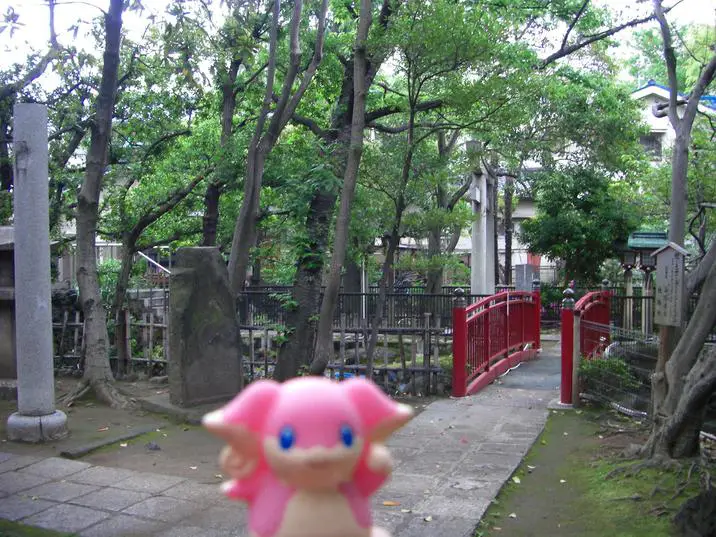
Tomioka Hachimangu Shrine is a Shinto shrine located in Tokyo, Japan.
What to see or do: Visitors can explore the extensive shrine grounds and admire the traditional architecture of buildings like the main shrine hall and the shrine gate.
The shrine also houses a collection of historic artifacts and cultural treasures, including Noh masks, ancient swords, and costumes worn by samurai warriors.
Don’t miss: One of the highlights of the shrine is the stunning annual festival held in May, during which a procession of samurai-era costumed participants parade through the streets.
Visitors can also witness traditional Shinto rituals, such as purification ceremonies, prayer offerings, and sake barrel breaking.
Insider travel tips: Visit the shrine early in the morning or on a weekday to avoid crowds. Be sure to dress modestly and remove your shoes before entering any buildings on the shrine grounds.
If possible, hire a guide who can provide a deeper understanding of the shrine’s history and symbolism.
14. Okuwa-machi Furusato-kan
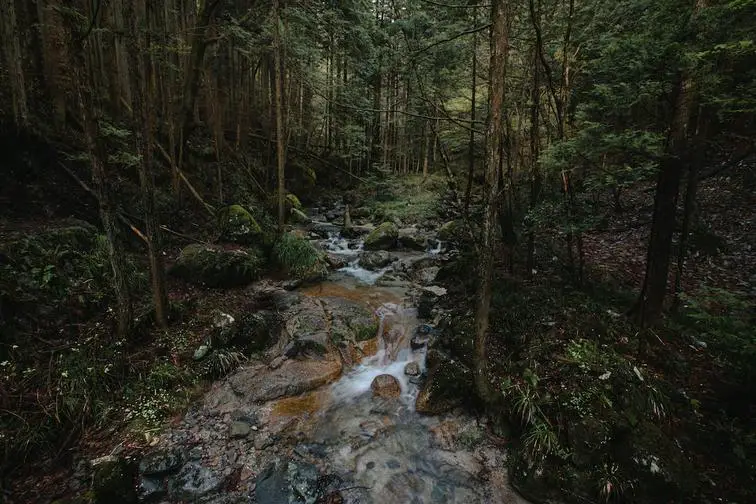
Okuwa-machi Furusato-kan is a local museum situated in Tomioka city, famous for its exhibits showcasing the history and culture of Okuwa-machi, a small town in the rural Gunma prefecture of Japan.
What to see or do: Visitors can explore the various exhibits in the museum, including displays of traditional crafts and artifacts, historic photographs, and local agricultural products.
The museum also holds seasonal events and workshops, where visitors can learn about and experience the local culture.
Don’t miss: Make sure to check out the interactive exhibits, such as the reconstructed thatched-roof house from the Edo period, where visitors can try their hand at traditional crafts like weaving and corn husking.
Insider travel tips: Take your time to explore the museum’s outdoor garden, which features a wide variety of seasonal flowers and plants, including cherry blossoms in the spring and colorful maple leaves in the fall.
Visitors can also sample local specialties at the museum’s café or purchase locally made souvenirs at the gift shop.
15. Tomioka City Traffic Park
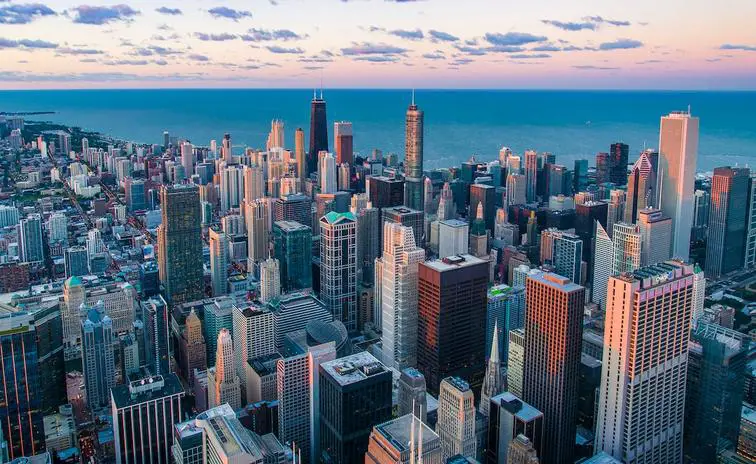
Tomioka City Traffic Park is a driving school and roadway simulation park located in Gunma Prefecture, Japan.
What to see or do: Visitors can learn traffic rules, signs, and driving safety through hands-on experiences on the miniature road network. They can drive mini electric cars and bicycles on the scaled-down roads, with realistic traffic signals, pedestrian crossings, and roundabouts.
The park also features a traffic safety education center with informative exhibits and a driving simulator.
Don’t miss: Don’t miss the popular “license test” experience, where visitors can take a mini driving test to earn a paper license. There is also a café and souvenir shop on the premises for refreshments and shopping.
Insider travel tips: – Tomioka City Traffic Park is open from 9 am to 4 pm, closed on Wednesdays.
💪 Support independent web, support us: